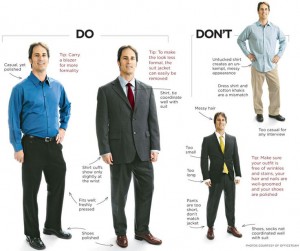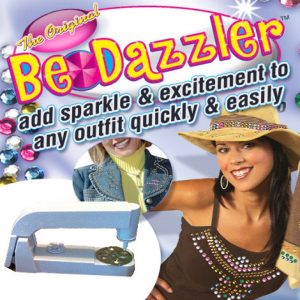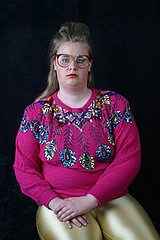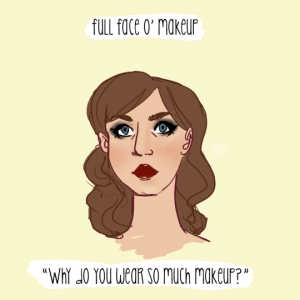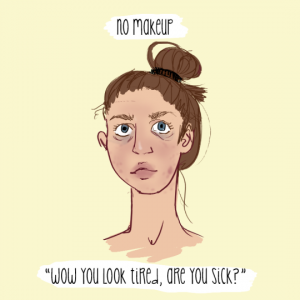Outside of project season, it’s fine to dress however you want, except for specific events where there’s a specific dress code. During project season, your PA or Stuart will let you know if your outfit doesn’t match expectations. Aside from the fact that during project season you represent the COE, it’s part of our job to train you in office attire that’s appropriate for the business environment in Vancouver, and we’re counting on you to take our feedback in the spirit in which it’s offered.
During project season, the dress code at the COE is business casual, and for client meetings it is business formal. What this means:
- For everyone:
- Clothes must fit well, be in good repair (no stains, frays, holes, scuffs on shoes), and be wrinkle-free. If it can be ironed, it should be ironed.
- If you wear scented products (perfume, cologne, aftershave), keep them subtle: many of our clients have scent-free offices. People shouldn’t have an opinion about how you smell if they’re more than arm’s length away.
- Business casual for men:
- Buttoned shirt, plain or with a “quiet” pattern (no Hawaiian shirts or “loud” plaids), top button undone (but only the top one–scroll down to the bottom of this page to see why), no tie. Sweaters and vests are fine on top of a shirt like that, but no fleece.
- Pants are chinos or dress pants, not jeans or shorts.
- You must wear a belt, socks, and dress shoes (not hiking boots or running shoes) and they must be appropriately colour-coordinated with the rest of your outfit.
- No jewelry (watches, wedding rings, and engineering rings are fine; signet rings and chains are vulgar).
- No visible text or logos on anything (even socks and bags).
- Plausibly natural hair colour.
- Business formal for men:
- Pretty much the same as above, except you button your shirt all the way and add a tie and blazer.
- Semi-formal means coordinated but not matching blazer and pants (blue blazer with tan pants is standard); full formal means a dark suit with a white shirt. For almost all meetings, semi-formal is fine.
- Business casual for women:
- A dress or blouse with not too deep a neckline (a low-cut top over a camisole is fine). If it’s sleeveless, wear a cardigan over it. If your blouse is translucent, wear a shell (sleeveless top) under it, not a camisole or bra.
- Pants (not jeans) or a knee-length skirt, not shorts. (For some reason long skirts aren’t standard office attire?)
- Closed-toe shoes (not running shoes or sandals and definitely not Uggs).
- Subtle or no makeup; plausibly natural hair colour.
- Subtle jewelry. It’s fine to have one piece be big (a “statement necklace” or a cocktail ring), but if more than one piece is big the effect is vulgar.
- No sparkles/glitter/tassels/text/logos on anything, even accessories. If a six-year-old girl would love it, it’s not office-appropriate.
- Business formal for women:
- Pretty much the same as above, plus a blazer. (In some circles, pantyhose or tights, a skirt, and heels are essential for business formal; my perception is that in technical circles in Vancouver it’s fine to wear flat shoes and pants even in formal settings.)
- Like for men, business formal usually means a dark suit.
In our field, it’s essential to show that we respect intellectual property. As such, you must not have clothing or accessories that have a fake brand name (knock-off designer purses, for example).
In this piece, the author reflects on the symbolism and cultural assumptions behind the informal dress codes that apply in mainstream culture, specifically for women. Which of these rules also directly apply to men, and which rules exist in an analogous form for men?
This is how you look if you have more than one button undone:
This is how you look if you have glitter or sparkly decorations on your clothing:
The truth about makeup:

